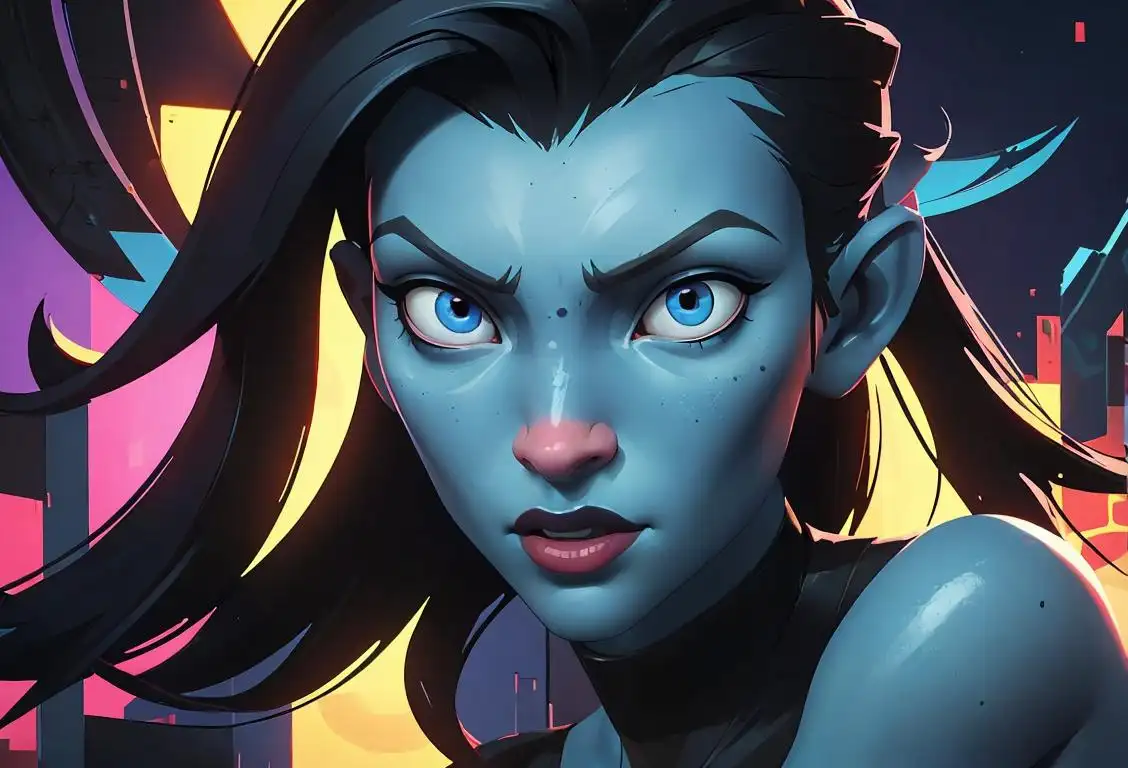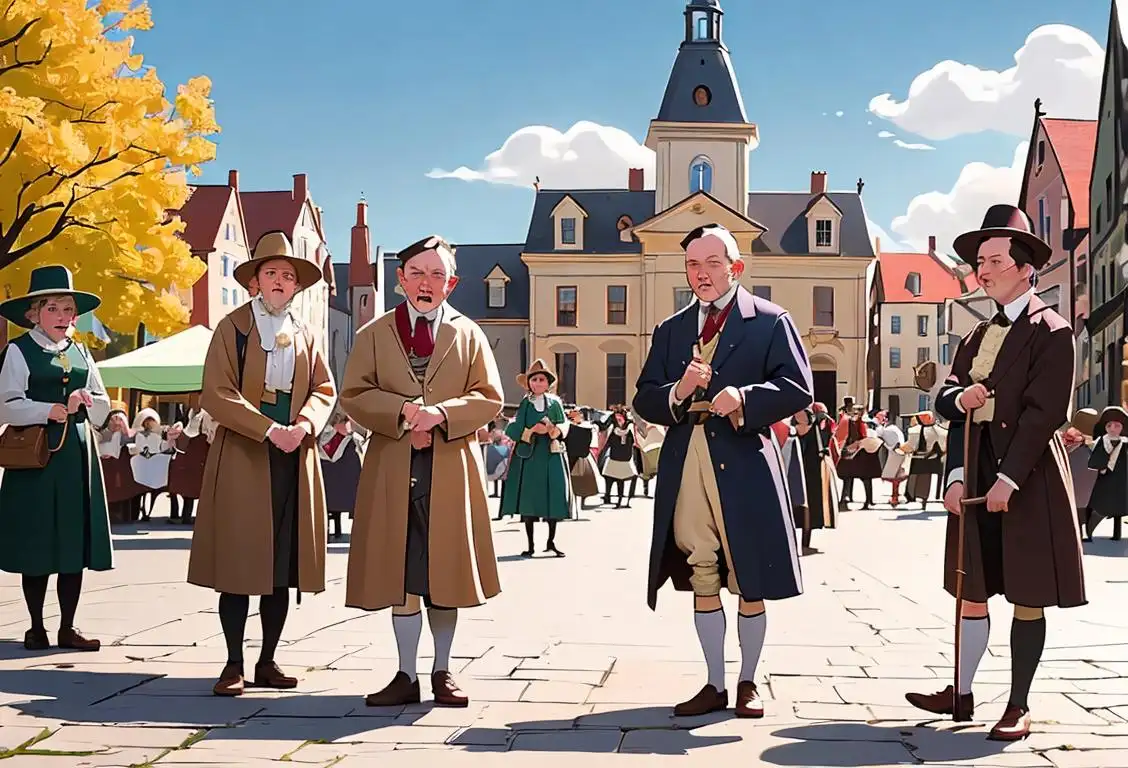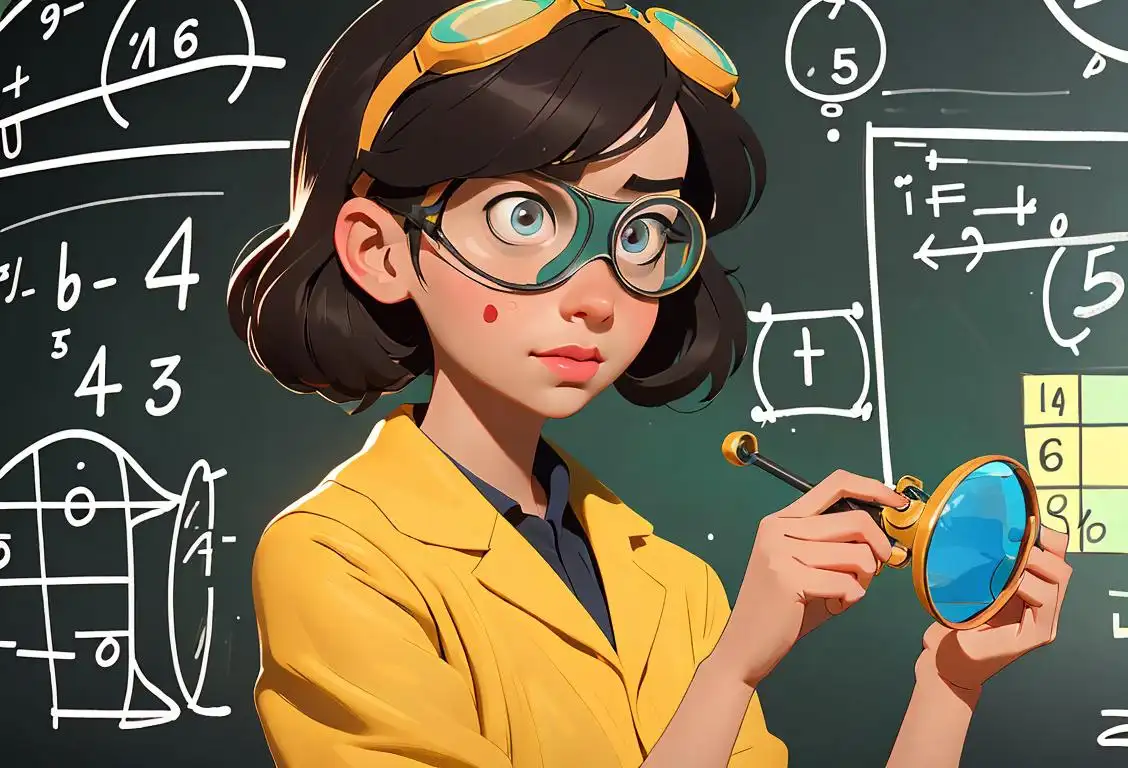National Avatar Awareness Day

Welcome to the fascinating world of National Avatar Awareness Day! Get ready to dive into the realm of digital identities, virtual personas, and the importance of avatars. Whether you're a gamer, a social media aficionado, or just curious about the internet culture, this national day celebrates the virtual representation of individuals in all its forms.
When is Avatar Awareness Day?
It's national avatar awareness day on the 22nd April.
The Evolution of Avatars
Avatars have come a long way since their humble beginnings. In the early days of the internet, avatars were simple pixelated images or text-based representations that allowed users to distinguish themselves in forums and chat rooms. But as technology advanced, so did avatars.
Avatars in Gaming
Gaming has played a significant role in popularizing avatars. From the classic character creation screens in role-playing games to the personalized profiles in online multiplayer games, avatars have become a means of self-expression and identification for gamers worldwide. It's not uncommon to spend hours customizing the perfect avatar, meticulously selecting every facial feature and accessory.
Social Media Avatars
Social media platforms have also embraced the concept of avatars. Profile pictures serve as the digital representation of users, allowing them to engage with others visually. From the iconic Facebook profile picture to the Snapchat Bitmoji, avatars help users establish their online identity and show their personality in a single image.
Avatars Beyond the Digital World
The influence of avatars has extended beyond the digital realm. From dolls dressed in elaborate costumes to action figures modeled after movie characters, avatars have found their way into the physical world. These tangible representations allow fans to connect with their favorite fictional characters or celebrities on a deeper level.
History behind the term 'Avatar Awareness'
1992
The birth of virtual reality
The term 'avatar awareness' originated in 1992, coinciding with the birth of virtual reality (VR). VR technology allowed users to experience a simulated environment and interact with it using digital avatars. This marked the beginning of a new era where individuals could immerse themselves in virtual worlds and interact with others through their avatars.
2001
Rise of online communities
In 2001, online communities started gaining popularity, leading to increased avatar awareness. Platforms like Second Life and The Sims introduced social aspects to virtual reality, allowing users to create and customize their avatars, interact with others, and participate in various activities. This led to a greater understanding and appreciation of avatars as a means of self-expression and social interaction in the digital realm.
2010
Mainstream adoption and cultural impact
By 2010, avatar awareness had reached mainstream levels. Virtual worlds like World of Warcraft and Fortnite garnered millions of users worldwide, making avatars a common term in popular culture. Avatars became integral parts of people's online identities and were used for gaming, socializing, and even in work environments. The concept of avatar awareness had a significant impact on how people perceived and interacted with digital representations of themselves.
2021
Avatar awareness beyond virtual reality
In recent years, avatar awareness has expanded beyond virtual reality into other domains. It is now commonly used in the context of social media platforms, where users create digital representations of themselves as avatars or profile pictures. Additionally, augmented reality (AR) and mixed reality (MR) technologies have further advanced avatar awareness, blurring the lines between the physical and digital worlds. People can now use avatars to enhance their interactions with the real world, such as in video calls, gaming, and even fashion experiences.
Did you know?
Did you know that the word 'avatar' originates from Hindu mythology? In Sanskrit, 'avatar' means 'incarnation' or 'embodiment.' So, in a way, every digital avatar is a unique incarnation of its creator!Tagged
awareness fun culture digital technologyFirst identified
26th July 2016Most mentioned on
22nd April 2017Total mentions
21Other days
Avatar Awareness Day
Gif Day
Goth Day
Noodle Day
Handloom Day
Eat What You Want Day
Manufacturing Day
Moving To Canada Day
History Day
Stem Day








